Exploring the Integration of Virtual Reality in Modern Art Exhibitions
In this era of rapid technological advancements, the traditional landscape of fine arts has been magnificently transformed. A pivotal driving force behind these changes is Virtual Reality (VR). Through its revolutionary integration into art exhibitions, VR has been altering the art landscape by changing how art is displayed, experienced, and interacted with, plunging both artists and audiences into new realms of artistic experiences.
The Transformation of Art Displays and Experiences
The use of VR in art exhibitions offers an innovative and immersive platform for displaying artistic creations. Traditional brick-and-mortar gallery spaces are being replaced by virtual environments, allowing art to break free from physical restrictions and be admired by a global audience. VR artistic experiences are reinventing audience engagement with art by transcending time and space.
Techniques Employed in VR Artistic Experiences
From VR gallery tours to immersive artistic experiences, various techniques have found their place in the modern art world. Virtual gallery tours are designed to mimic real-life gallery spaces or to create completely new virtual environments for art interaction. Immersive artistic experiences, on the other hand, allow audiences to step inside artworks, creating an intimate connection between the observer and the art.
Effects on Audience Engagement and Art Appreciation
The immersive nature of VR fosters engagement and allows audiences to delve deeper into artworks. Accessibility to art is increased, fostering inclusivity. It is conceivable that VR can enhance art appreciation by offering unique and personalized experiences, adding to the traditional spectatorship.
Challenges and Opportunities Presented by VR in the Art Industry
While VR indeed presents exciting new vistas for the art world, challenges exist. There are questions on authenticity and preservation of art in the digital realm. However, the opportunities are compelling. Widening access to art, reducing geographical and economic barriers are but a few of the numerous benefits offered by VR.
The Future of Global Art Landscape
As the art world continues to evolve, VR plays a critical role. By offering engaging and personalized experiences, the technology promises to significantly contribute to developing the future of art exhibitions. While there are hurdles, the global art landscape is moving towards a more accessible, interactive, and inclusive future, thanks to VR.
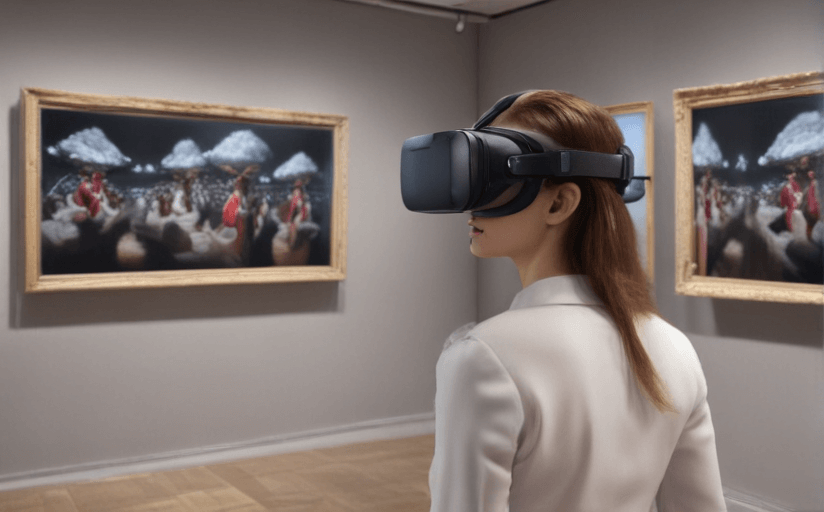
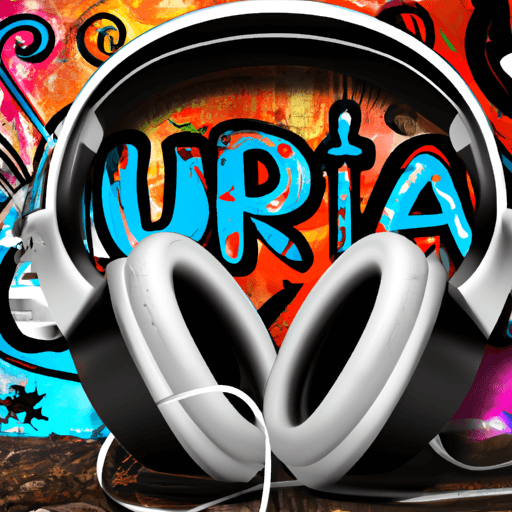
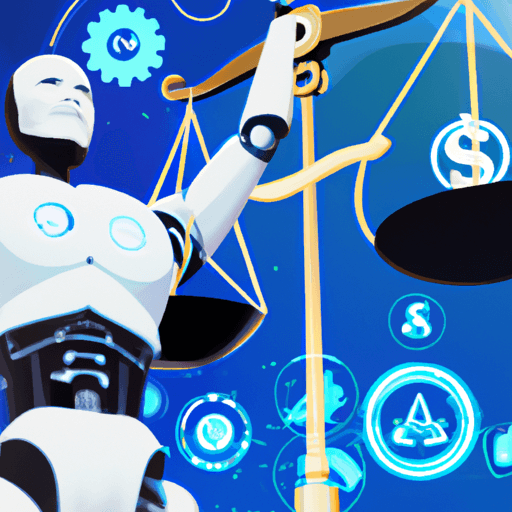
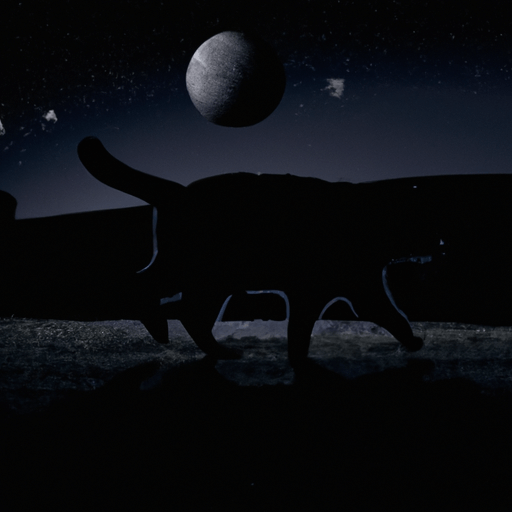

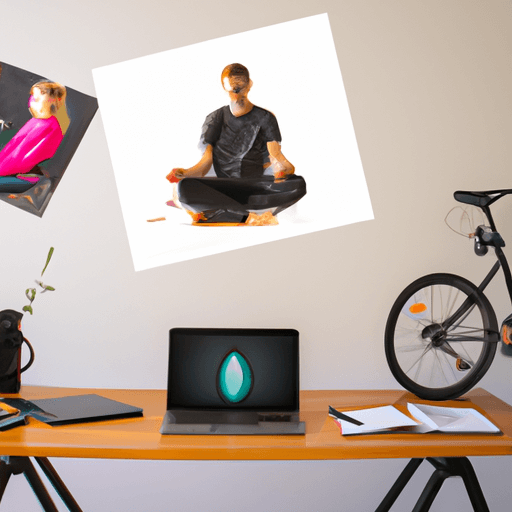


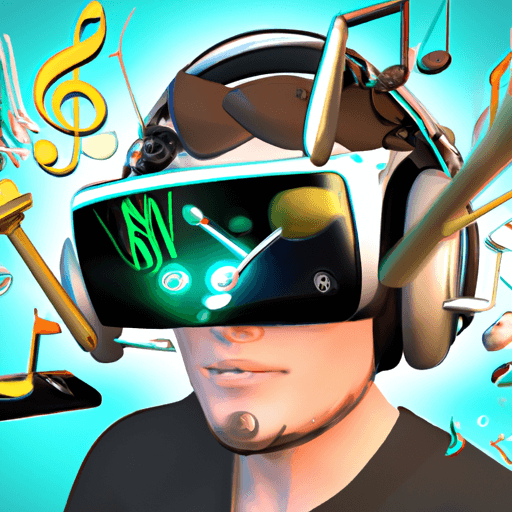

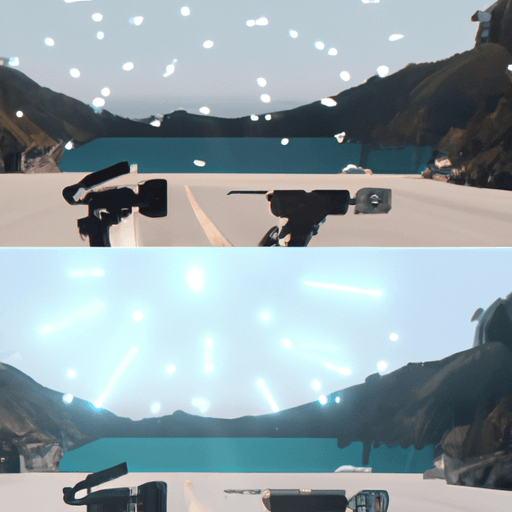

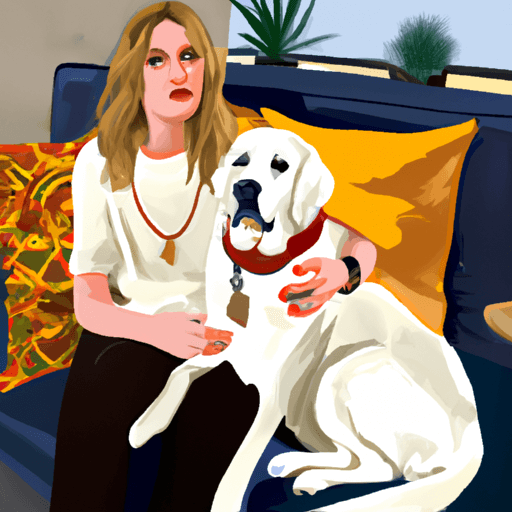
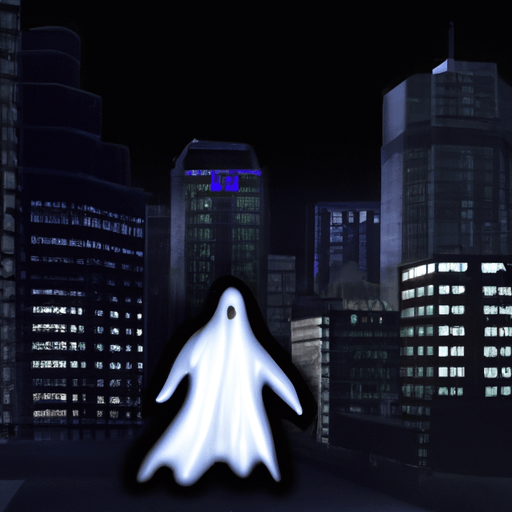
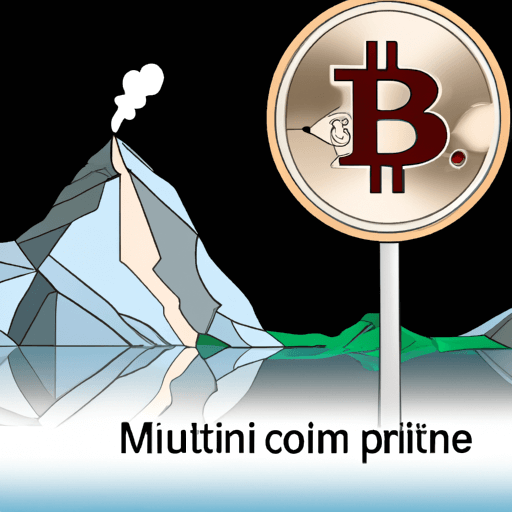
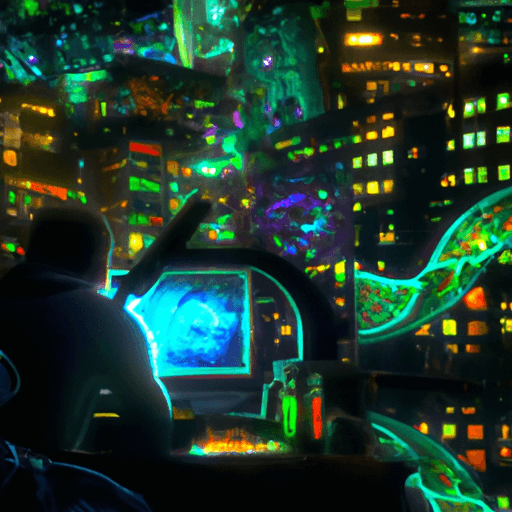
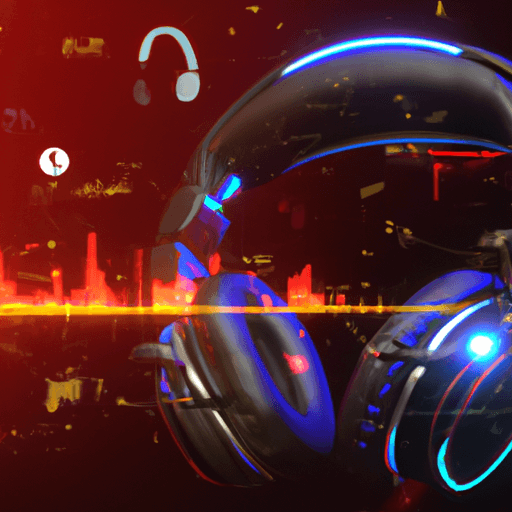
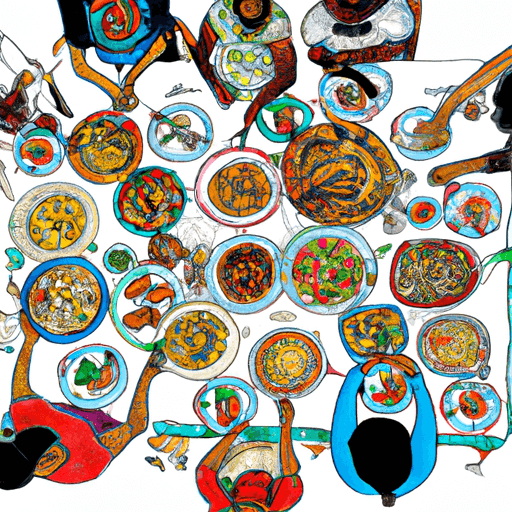
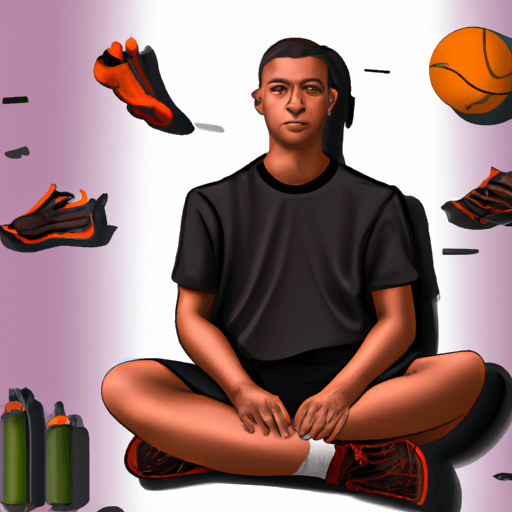

Comments
Leave a Comment